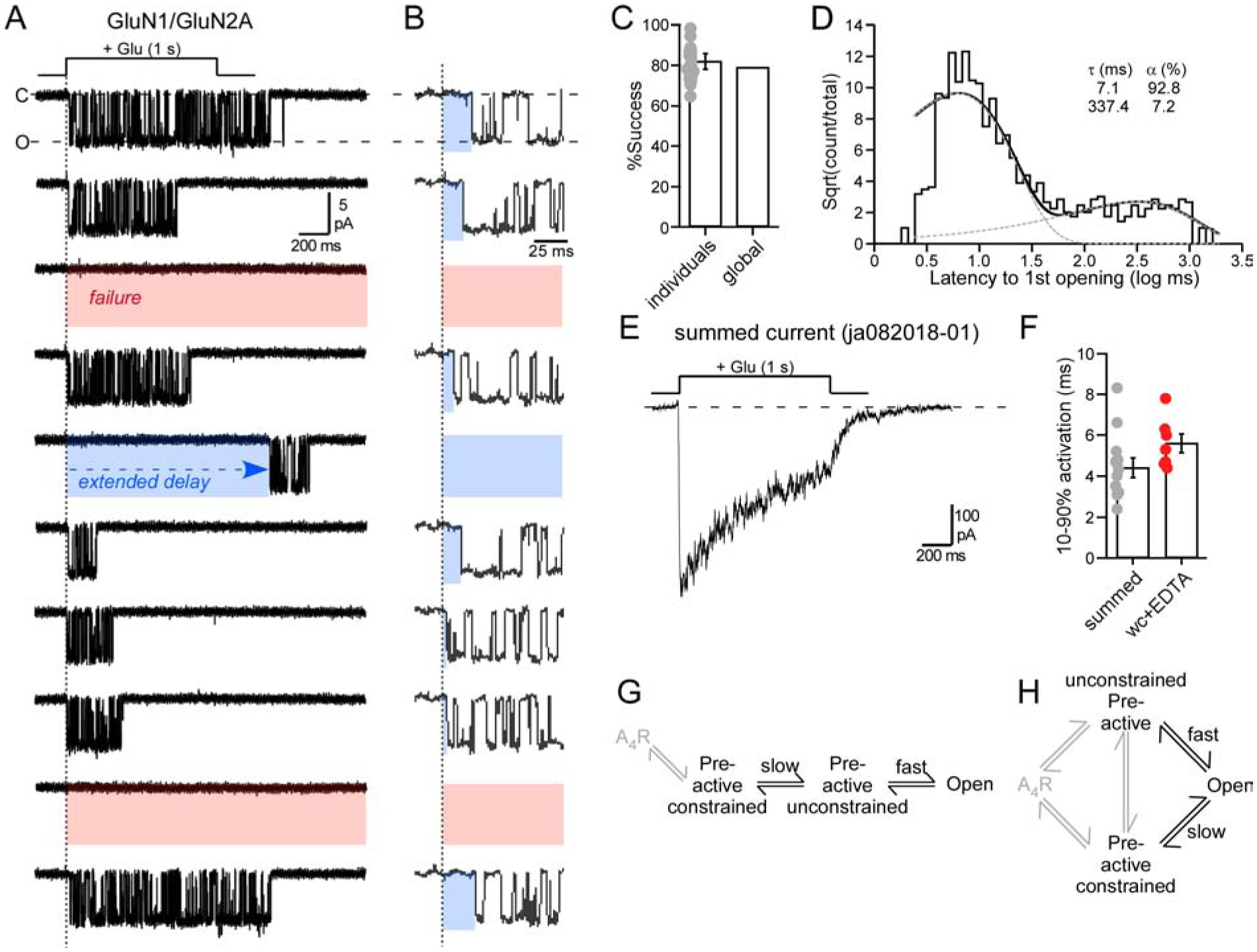Figure 2. Agonist applications to outside-out patches containing a single wild-type GluN1/GluN2A.

(A & B) Membrane currents from an outside-out patch (10 consecutive traces from same recording) containing a single wild-type GluN1/GluN2A channel. Traces in (B) are those in (A) but on an expanded time scale. The patch was exposed to pulses (1 s) of glutamate (1 mM) in the continuous presence of glycine (0.1 mM). Current responses reflected either successes (channel opening) or failures (red highlight), with successes showing variations to 1st opening (blue highlights). Currents were sampled at 50 kHz (displayed at ~ 1 kHz). Holding potential, −70 mV.
(C) Success rate (1 - failure rate) for the average of all patches (18 total patches, dots represent individual data points) or the global success rate (1011 successes out of 1279 total trials).
(D) Dwell time histogram of the latency to 1st opening. Histogram was best fit by 2 exponentials (dashed lines).
(E) Example summed current. Patch had 140 (123 successes) applications.
(F) Bar graph (mean ± SEM) showing activation rates (10–90% rise time) for summed currents (13 patches) from outside-out patches or from currents in the whole-cell (wc) mode (Table S1). Values were not significantly different (p = 0.069, t-test).
(G & H) Potential pathways for the transition to the open state. A4R is the receptor fully bound with agonist, which occurs rapidly after the start of the glutamate application because we used supersaturating concentrations.
